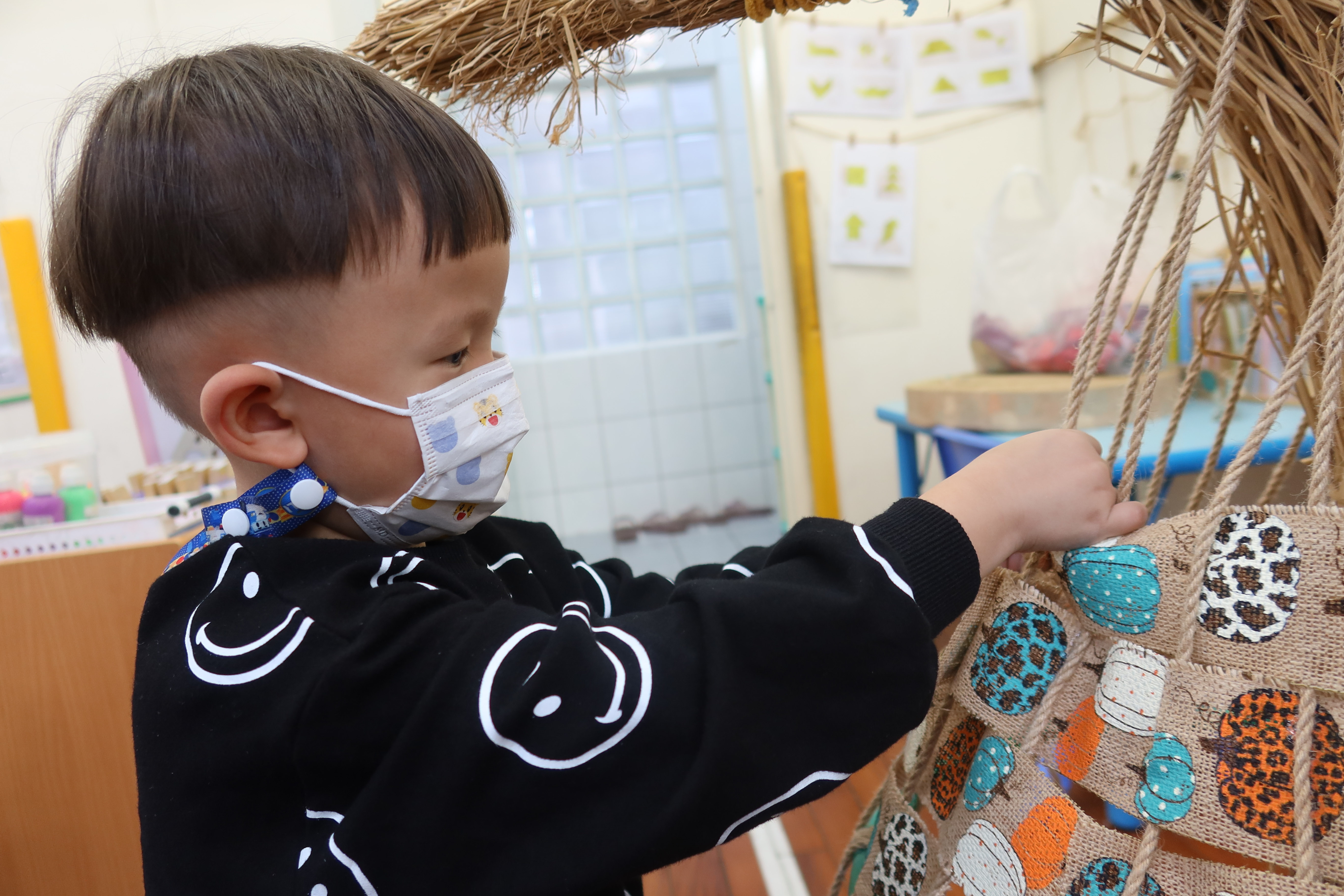Bridging Children’s Social-Emotional Learning through Aesthetic Education: 2025 International Symposium & Master Workshop on Aesthetics Education for Young Children

To implement the core philosophy of The Third Ministry of Education (Medium-to-Long Term) Plan for Aesthetic Education, “Aesthetics is life: So we must introduce children to aesthetics from a young age; root aesthetics in our lives; embrace local and international aesthetics; and embrace sustainable practices”, the Ministry of Education (hereinafter referred to as "MOE") has commissioned the National University of Tainan to conduct The Early Childhood Aesthetics Education Cornerstone Project. As part of this initiative, the 2025 International Symposium & Master Workshop on Aesthetics Education for Young Children was held from April 26 to 27, 2025, at the National University of Tainan. This current symposium and workshop respond to MOE's newly launched Mid to Long Term Social and Emotional Learning Program by adopting the theme “Bridging Children’s Social-Emotional Learning through Aesthetic Education”. Three internationally renowned early childhood education experts were invited to share their practical insights and research through a master workshop, keynote speeches, and a roundtable forum.
The symposium began on April 26 with a master workshop led by Dr. Julie Dunn from Griffith University, Australia. Through a series of drama-based experiential activities, Dr. Dunn guided educators and students in understanding the operations of dramatic play. At the same time, the workshop explored the application of Drama In Education in Social and Emotional Learning, with the aim of assisting educators to design experience courses that help children’s social and emotional learning. Dr. Julie Dunn also presented a series of practical examples and introduced effective teaching strategies to guide educators in designing drama-based and aesthetic education activities.
Dr. Stephanie Sanders-Smith from the University of Illinois Urbana-Champaign delivered a keynote speech entitled “A Hundred Languages of Art: Supporting Children's Communication, Expression, and Democratic Collaboration.” Drawing upon the philosophy of American educator John Dewey, Dr. Sanders-Smith pointed out that a truly holistic education should rethink the way teaching and learning take place, and integrate the social, emotional, and cognitive development of both teachers and students into everyday life. She explored how both teachers and students use diverse languages of behavior and art to develop communication and social-emotional skills through free yet orderly dialogue.
On April 27, Dr. Tam Po Chi from The Education University of Hong Kong joined the Roundtable Forum as a panelist. Dr. Tam Po Chi engaged in a dialogue surrounding two local examples of aesthetic education in early childhood: “Everyday Make-Believe Play” by the Affiliated Preschool of the Affiliated Experimental Elementary School of National Chiayi University and “Shoemakers of Caoxiedun” by the Affiliated Preschool of the Yan Feng Elementary School in Nantou County. These cases were discussed from both Eastern and Western perspectives to explore the role of aesthetic education in supporting children’s social-emotional learning. This exchange expanded participants' diverse viewpoints and sparked new possibilities for the future of aesthetic education in early childhood.
In addition to international and local expert experience sharing, the forum featured a special session by four teachers who participated in the “2024 Ministry of Education Aesthetic Education Pioneer Teachers' Overseas Training Program.” This presentation titled “Inspiration and Integrated Application of Spanish Literature and Art” highlighted how dialogues with Spanish artworks and aesthetic lifestyles can enrich children’s aesthetic experiences. Drawing on the example of Escola Auditori, a preschool in Barcelona, showcasing early childhood education environments that are both aesthetically engaging and educationally meaningful, the presentation also explored the application of architectural aesthetics and artistic culture in preschool environments.
The MOE emphasized that the 2025 International Symposium and Master Workshop showcased the fruitful outcomes of aesthetic education in Taiwan. Moreover, it hopes that international dialogue will inspire theoretical insights and practical innovations, advancing aesthetic education as a means to support young children's social-emotional development in educational settings. For more information, please visit the Aesthetics Education Resource Integration Platform (https://aew.moe.edu.tw/).